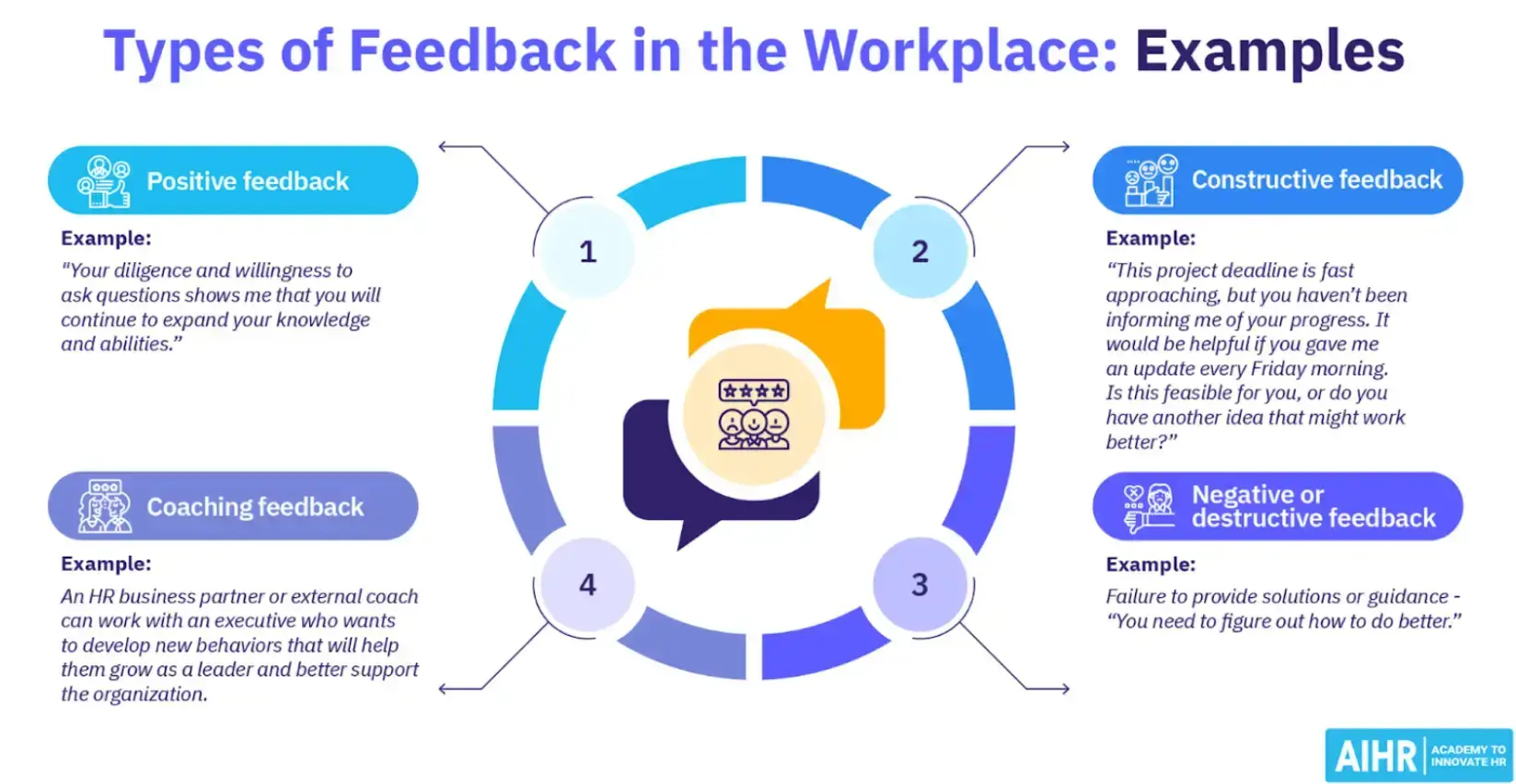High employee turnover poses the biggest threat to business success. With many UK businesses replacing more than a third of their workforce each year, retaining employees long-term has become a concern for small businesses and SMEs all across the country.
In this article:
- Why is High Staff Turnover a Problem for Small Businesses?
- 6 Reasons Your Turnover Rate Could Be High

Source: Unsplash
From onboarding costs to staff shortages and diminished productivity, high turnover rates can really be a business killer.
According to UKMoney, replacing an employee in 2025 could cost businesses between 75% and 200% of the staff member’s annual salary, depending on the new hire’s skills and experience in the industry.
The question is, how do you identify the signs that your business could be in trouble? More importantly, what can you do to fix it before it’s too late?
Read on as we discuss the impacts of high employee turnover and reveal some of the reasons your business could be driving away its workforce.
Why is High Staff Turnover a Problem for Small Businesses?
Staff turnover rate refers to the total number of separations from a company each year. This includes voluntary turnover (employees who left the business of their own accord) and involuntary turnover (employees whose contracts were terminated by the company).
Whether employees retire, pursue new educational pathways, are fired, or are made redundant, each and every turnover can affect a company's production and profitability.
While staff restructuring happens every now and again in all companies, a sudden increase in employee turnover could indicate a problem with your business.
Are your employees dissatisfied in the workplace? Are they being overworked or under-challenged? For those who fail to track employee turnover, it can be hard to spot a pattern.
With this in mind, we’ve put together a list of six reasons why your turnover rate could be high in 2025 and how to fix it fast to keep your employees satisfied and your business afloat.
6 Reasons Your Turnover Rate Could Be High
From a poor work/life balance to a lack of company benefits, there are so many factors that contribute to employee turnover. However, here are the six most common reasons your workforce may choose to leave your company.
1. Poor Work/Life Balance
Work/life balance remains one of the top reasons employees are leaving their roles in 2025.
As we welcome a new era of remote working, more people than ever before are finding it difficult to switch off from their work, often taking on more assignments, working past their contracted hours, and even checking emails at the weekend.
Bureau of Labour Statistics data revealed that more than 25% of workers now work from home at least once a week.

Source: The Conversation
While remote working conditions can improve flexibility, they have also been known to cause burnout, loneliness, and anxiety around their workload.
Many remote workers report feeling unable to leave the office and switch off, often leading to stress, reduced productivity, and, eventually, resignation.
So, what can your WFH business do? If you employ remote positions, the key here is to have an employee engagement strategy in place for your workers.
Invest in technology to optimise work scheduling, shift patterns, and communication. Why not take this one step further by providing your employees with an online portal to submit leave requests and manage absences/shift swaps for greater flexibility?
Tools like Homebase time clock that combine scheduling with real-time clock-ins, leave management, and mobile access give hourly staff more control and reduce churn.
2. Poor Leadership
The old age saying “people leave their bosses, not their jobs” still remains true in 2025. Data shows that leadership quality is responsible for 70% of staff turnover.
Poor leadership causes workplace upheaval. Employees are often confused about their roles and responsibilities, team culture is weaker, and in some cases, workers even fear their leaders.

Source: Business Training Experts
Measuring your leadership quality can help mitigate employee turnover.
The key here is to analyse each of your leadership practices. These include transparent communication, your feedback style, problem-solving, and the ability to motivate and inspire your team.
3. Stress in the Workplace
Stress is a workforce killer. If your employees are working in a highly stressful environment, your turnover rate will inevitably remain high.

Source: Unsplash
There’s no doubt that stress causes people to leave their jobs.
Stress can lead to employee burnout, low mood, and a negative workplace experience. Some of the key factors known to cause stress in the workplace include:
Role Overload: How many tasks do you expect your employees to complete in a day?
Excessive and unmanageable workloads cause workers to burn out and feel pressured. You could overestimate your team's capabilities if you're constantly setting deadlines for them.
Workplace Conflict: Are you running a harmonious workplace? Teams that frequently experience conflict are more likely to be unhappy at work.
Role Clarity: How did you describe the role when hiring your employee? Does it match the role and responsibilities they are currently undertaking?
If roles are clearly defined, employees understand what they are expected to do, which is less likely to lead to stress over their responsibilities.
To combat workplace stress, it’s essential to survey your employees regularly. This includes engagement surveys, stay interviews, and even exit interviews to gauge stress levels and identify stressors that may lead to future turnover.
4. Lack of Feedback or Recognition
Regular employee feedback is crucial to keeping your workers positively engaged.
Many companies now use tools like Zelt’s performance review software to streamline feedback, run structured appraisals, and ensure employees feel consistently valued.
According to a Gallup survey, employees whose managers’ feedback left them with positive feelings are four times more likely to be positively engaged, and only 3.6% are actively looking for new jobs.
Workers who receive little to no feedback or recognition for their role often feel unappreciated and unsure of their place in the company. This can lead to dissatisfaction at work and employees feeling unsecure in their roles.
To combat this, ensure you regularly connect with your workers to provide positive feedback and constructive guidance.

Source: AIHR
“Find out your team’s specific pain points, carve time out of your schedule to determine what’s bothering them and what can be done to change it,” says John Hall, adviser for the growth marketing agency Relevance.
“In most cases, you can keep your best employees by awarding a goodwill boost to their salary, implementing real work/life balance, creating an environment that boosts productivity, offering professional development, and acknowledging their hard work.”
Regular, in-depth appraisals shouldn't be forgotten, either. Whether you introduce formal meetings or adopt a peer-to-peer feedback approach, positive recognition can make all the difference in reducing employee turnover.
5. No Sense of Purpose
Another key workforce killer is a lack of employee purpose. Workers who remain in a company for an extended period often become an extension of the brand itself.
Employees draw motivation from the importance of the work their business does. They see their role as something to be proud of, often leading to a long-term employment contract.
The key here is to create an organisational working culture that drives your employees day to day and makes them excited about their future in the business.
6. Inadequate Compensation and Benefits
Last but not least, let’s talk about employee benefits. A large number of workers believe they should get more out of their jobs than just a good salary.
Whether it is private medical insurance or a gym membership, each perk can encourage an employee to stay with your business for longer.
If your company offers little to no compensation or benefits for its employees, it’s no surprise that you’ll regularly see workers hopping ship to a competitor that offers more perks.
Make sure your business doesn't fall behind competitors in workplace benefits, especially if you want to keep your workers happy long-term.
FAQ
1. What is employee turnover?
Employee turnover is the total number of separations from a company each year. This includes voluntary turnover (employees who left the business of their own accord) and involuntary turnover (employees whose contracts were terminated by the company).
2. How does high employee turnover affect small businesses?
High employee turnover results in increased recruitment costs, loss of institutional knowledge, lower team morale, and disrupted productivity—often hitting small teams harder due to limited resources.
3. What are the signs of a turnover problem?
Frequent resignations, low employee engagement, poor exit interview feedback, and difficulty retaining new hires are all warning signs.
4. How can you prevent employee turnover?
Offer competitive pay, prioritise employee development, communicate transparently, recognise contributions, and create clear career paths.
Wrapping Up
Employee turnover can be highly detrimental to your business's success. Therefore, it’s crucial that you identify signs and signals of an unhappy workforce at an early stage.
Measuring your leadership approach, reducing employee stressors, and prioritising work-life balance are just a few ways you can improve team morale.
The key here is to open up a transparent space for discussion with your workers. Allow them to feel as if they can come to their leaders for guidance and even share their concerns at work.
Businesses that prioritize employee wellness often achieve the highest retention rates.

Author Bio
Rebecca is a content marketing manager for Solvid. She talks about all things business growth and digital strategy for startups and small business owners.

